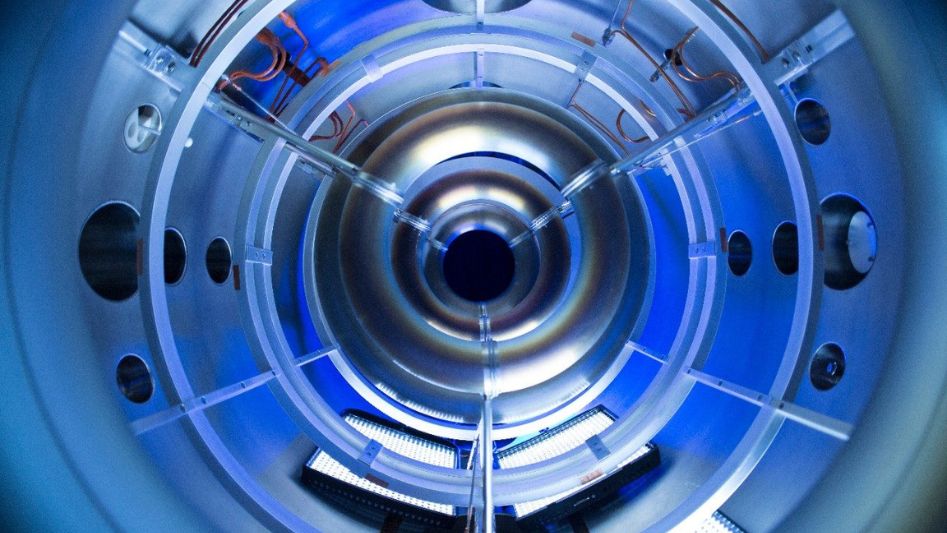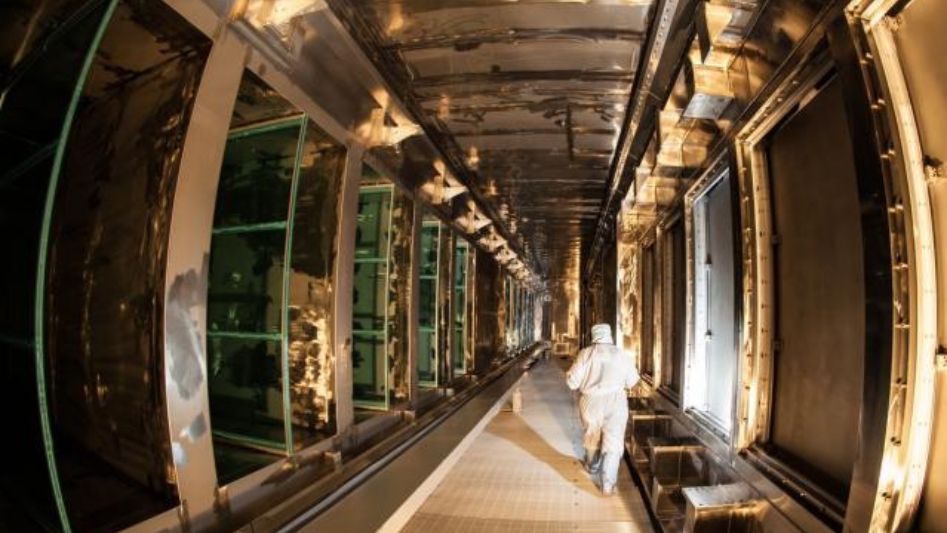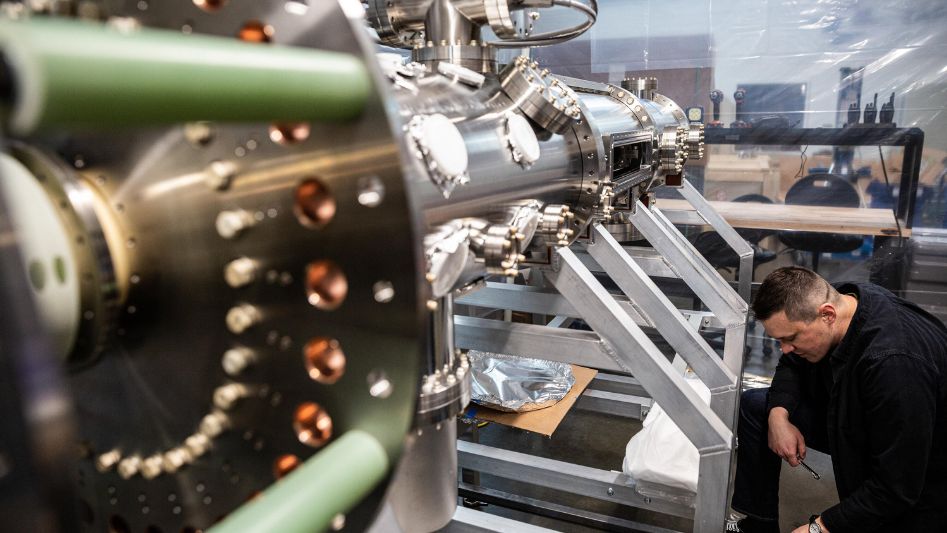US scientists announce major nuclear fusion Energy breakthrough that could revolutionize the world and could be a final solution to climate change
Table Of Content
The discovery, known as net energy gain, was reached by scientists at California’s Lawrence Livermore National Laboratory, according to the Energy Department. Fusion occurs at such high temperatures and pressures that it is exceedingly difficult to manage, making net energy gain a nebulous goal.
Energy Secretary Jennifer Granholm and other officials have stated that the breakthrough will lead to improved national defence and the development of future clean power.
“Ignition allows us to duplicate for the first time certain conditions that are found exclusively in the stars and the sun,” Granholm said at a press conference in Washington. This major achievement brings us closer to the goal of using abundant, carbon-free fusion energy to power society.

Granholm has called fusion ignition “one of the most amazing scientific triumphs of the 21st century,” adding that the discovery “will go down in the history books.”
White House scientific adviser Arati Prabhakar, who appeared beside Granholm, hailed the fusion ignition as “an engineering miracle beyond comprehension” and “a tremendous illustration of what perseverance actually can achieve.”
Proponents of fusion believe that it has the potential to replace fossil fuels and other conventional energy sources with almost endless, carbon-free energy. Fusion energy production to power buildings is still decades away. Nonetheless, experts thought the news represented a major breakthrough.
Professor Dennis Whyte, head of the Plasma Science and Fusion Center at MIT and a pioneer in fusion research, compared it to the sound of a starting gun. To combat climate change and ensure a reliable energy supply, we should work to accelerate the deployment of fusion energy systems.
Despite “extremely big barriers,” according to Livermore Lab director Kim Budil, fusion technology is on track to be extensively deployed within “a few decades,” rather than the 50 or 60 years that were once predicted.
Fusion occurs when two hydrogen atoms collide with enough force to merge into a helium atom, producing vast amounts of energy and heat in the process. It doesn’t produce radioactive byproducts like other nuclear reactions.
The Vice President of the United States, Joe Biden, cited this discovery as evidence why we must maintain our commitment to R&D funding. Take a look at what the Energy Department is doing in the nuclear industry. “Good things are happening,” he stated at the White House.

Fusion research has cost billions of dollars and decades of time, with only brief glimpses of exciting results.An extremely brief fusion reaction was previously achieved by researchers at Lawrence Livermore’s National Ignition Facility using 192 lasers and temperatures several times hotter than the centre of the sun.
Extreme heat is concentrated by the lasers on a relatively small metal container. The end outcome is a plasma environment that is so hot that fusion can occur.
It will be a while until the net energy gain results in sustainable electricity, according to Riccardo Betti, a professor at the University of Rochester and an expert in laser fusion.
This discovery, he said, was like the first time anyone realised they could set off an explosion by blending oil with gasoline and lighting it on fire.
There is still no motor or tyres, Betti said. Do not claim, “I have a car,” since you do not.
There was a net energy gain, but only from the fusion reaction itself and not from the electricity needed to run the lasers and manage the project as a whole. To be practical, fusion would have to provide far more electricity for much longer.
The stellar physics are extremely difficult to manipulate. Whyte claimed the fuel temperature must exceed the sun’s core. The fuel’s natural tendency is to flow out and cool rather than remain at a constant temperature. He stated that it would be difficult to keep under control.
Professor Jeremy Chittenden of Imperial College London specialises in plasma physics, and he says that the California lab’s achievement of net energy gain isn’t a great surprise given the advances it has already achieved.
His words: “It doesn’t take away from the fact that this is a big milestone.”
One method of achieving fusion involves converting hydrogen into plasma, a highly charged gas that can be directed and manipulated by enormous magnets. Researchers at MIT and a commercial corporation are also investigating this approach, and they join a consortium of 35 nations working on the International Thermonuclear Experimental Reactor in France.
Earlier this year, teams working on these projects on two continents announced considerable progress in developing the essential magnets for their work.
Conclusion
While there is still a long way to go before fusion can be used as a practical power source, Chittenden is encouraged by the lab’s success and believes it could one day be “the ideal power source that we thought it would be” because it produces no carbon emissions and uses a form of hydrogen that is abundant and easily extracted from seawater. Hydrogen is converted to plasma, an electrically charged gas, and then massive magnets are used to direct the fusion reaction. Researchers at MIT and a commercial corporation, in addition to those in France exploring the International Thermonuclear Experimental Reactor, are all looking into this approach.

FAQs
Is the climate catastrophe something fusion can fix?
Potentially. Scientists will need to manufacture fusion reactions at a rate of many times per second in order to meet their energy needs, even after they have been greatly increased.
A fusion advancement—has it been made?
In 2019, Kelli Humbird, a design physicist at Lawrence Livermore, received her Ph.D. from Texas A&M. On December 5th, 192 enormous lasers were used to initiate a nuclear fusion reaction in the lab, which had never been done before in human history. This is because the energy gained from the fusion process exceeded the amount of energy required to initiate it.
Can climate change be combated with fusion power?
Since it does not consume fossil fuels or create greenhouse gases, nuclear fusion may also be useful in the fight against global warming.
So, why doesn’t everyone just use fusion power?
The problem with using fusion for reproduction is that it doesn’t produce nearly as many neutrons as fission does during a chain reaction. Each fusion-generated D-T process only generates a single neutron, which can only be used to create one tritium nucleus.
You May Also Like
- SOLAR BOTANIC TREES: ARE THEY THE FUTURE OF EVS CHARGING STATIONS?
- NEW LITHIUM MINE TO BE POWERED BY SOLAR, WIND & BATTERIES
- CAN THIS METAL DO BETTER THAN LITHIUM BATTERIES?
- WHY GENERATION IV IS THE FUTURE OF NUCLEAR POWER?
- HERE ARE THE BATTERIES THAT COULD POWER THE FUTURE
External Links
- Fusion breakthrough could be climate, energy game-changer
- Fusion breakthrough could be climate, energy game-changer
- US scientists confirm ‘major breakthrough’ in nuclear fusion
- U.S. reaches a fusion power milestone. Will it be enough to save the planet?
- US scientists announce major nuclear fusion breakthrough that could ‘revolutionise the world’
